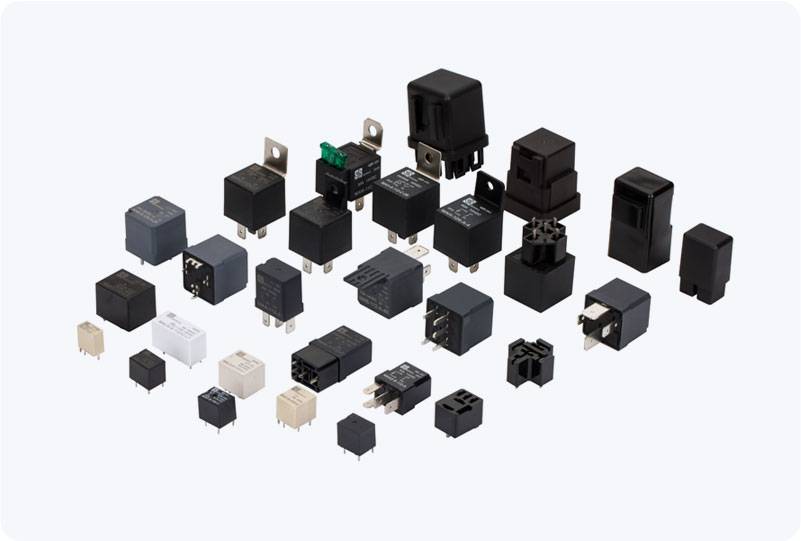In the rapidly growing sector of new energy vehicles (NEVs), various technologies are being explored and developed to enhance the efficiency, safety, and sustainability of these vehicles. One of the key components that has gained significant attention in recent years is the Solid-State Relay (SSR). Solid-state relays, often used in a variety of applications, play a crucial role in the operation of NEVs. As the demand for more energy-efficient and environmentally-friendly vehicles increases, SSR technology offers multiple advantages that can revolutionize the way we think about electrical control systems in automotive applications.

What is an SSR? A Solid-State Relay (SSR) is an electronic switching device that is used to control high-power loads with low-power signals. Unlike traditional electromechanical relays, SSRs do not have any moving parts. They rely on semiconductors such as triacs, thyristors, or MOSFETs to switch on and off, providing a quicker, more reliable response. In the context of NEVs, SSRs are primarily used for controlling high-voltage circuits, such as the battery management system (BMS), motor controllers, and other critical power systems. The Role of SSR in New Energy Vehicles One of the primary reasons for integrating SSRs into NEVs is their ability to handle high-power circuits without mechanical wear, which enhances the reliability and longevity of the system. Traditional mechanical relays tend to wear out over time due to physical contact between the components, leading to performance degradation. However, SSRs, with their solid-state construction, offer a longer lifespan, which is crucial for the longevity of the vehicle’s electrical systems.
Leave a Reply